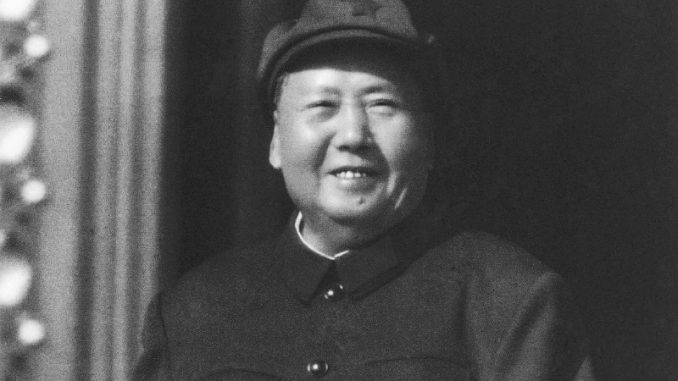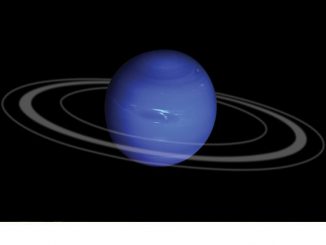
Mao Zedong, one of the most significant communist figures of the Cold War, led the Chinese people through a long revolution and then ruled the nation’s communist government from its establishment in 1949.
Mao believed that only a revolutionary change of Chinese society could bring freedom from Western domination and subjugation. In 1921, he became one of the founding members of the Chinese Communist Party (CCP). Mao insisted that the revolution in China would come from the country peasants, not the urban workers. In 1935, Mao took control of the CCP. Throughout the 1930s and into World War II, Mao’s forces continued their attacks on the Chinese government. They were ultimately victorious in 1949, and the communist People’s Republic of China was declared in that year.
In the mid-1960s he led the “Cultural Revolution,” which was designed to reinvigorate what he saw as the nation’s flagging revolutionary spirit. Thousands of Chinese were killed or imprisoned by Mao’s young supporters, called the Red Guards.
By the late 1960s, Mao came to see the Soviet Union as a more dangerous threat to China than the United States. He, therefore, sought closer relations with the Americans, hoping to use them as allies in his battle with the Soviets. Mao’s efforts resulted in a dramatic change in relations between the U.S. and China, climaxing in President Richard Nixon’s historic visit to China in 1972.
Nearing 80 years of age, Mao began to make less frequent appearances. He also began to suffer the debilitating effects of Parkinson’s disease. Mao died on September 9, 1976, still holding the position of Chairman of the Chinese Communist Party.
Source: History




Be the first to comment